APFW2025: Sustainable use and biodiversity conservation for improving livelihoods in the Asia-Pacific region
17 November 2025, Chiang Mai
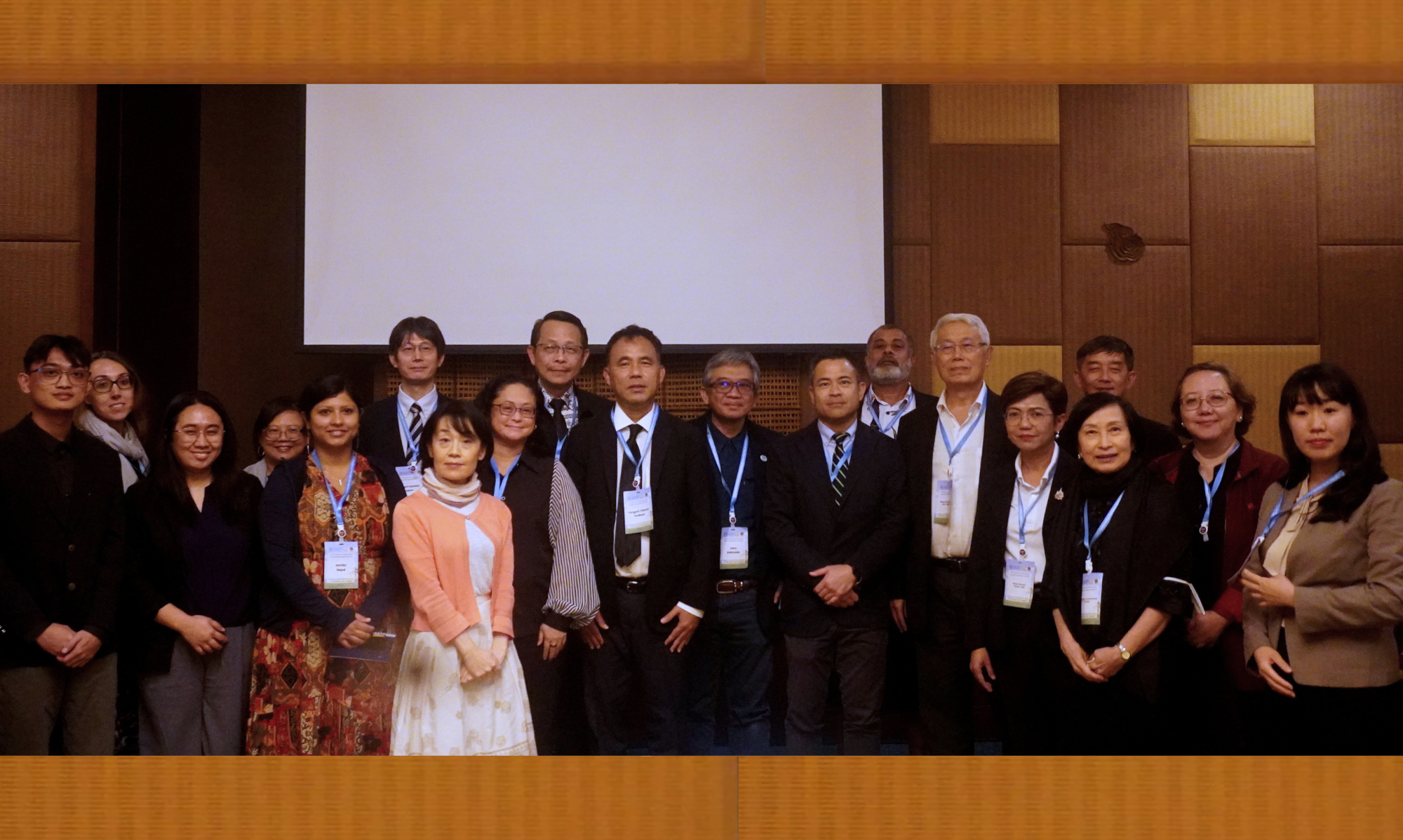
Speakers at the APFW2025 side event emphasized the importance of sustainable forest management in ensuring healthy, productive ecosystems that contribute to a forest-based bioeconomy. © Saichon Mutarapat
Promoting responsibly sourced wood and non-wood products from sustainably managed production forest landscapes can contribute to a decarbonized society, biodiversity conservation, and the livelihoods of smallholder communities, said ITTO Director of Forest Management Jennifer Conje at a side event co-organized by ITTO at the Asia-Pacific Forestry Week 2025 (APFW2025).
The event brought together experts from across the Asia-Pacific region to share experiences and initiatives relating to the sustainable use and conservation of biodiversity in regional production forest landscapes. Speakers emphasized the importance of sustainable forest management (SFM) in ensuring healthy, productive ecosystems that contribute to a forest-based bioeconomy.
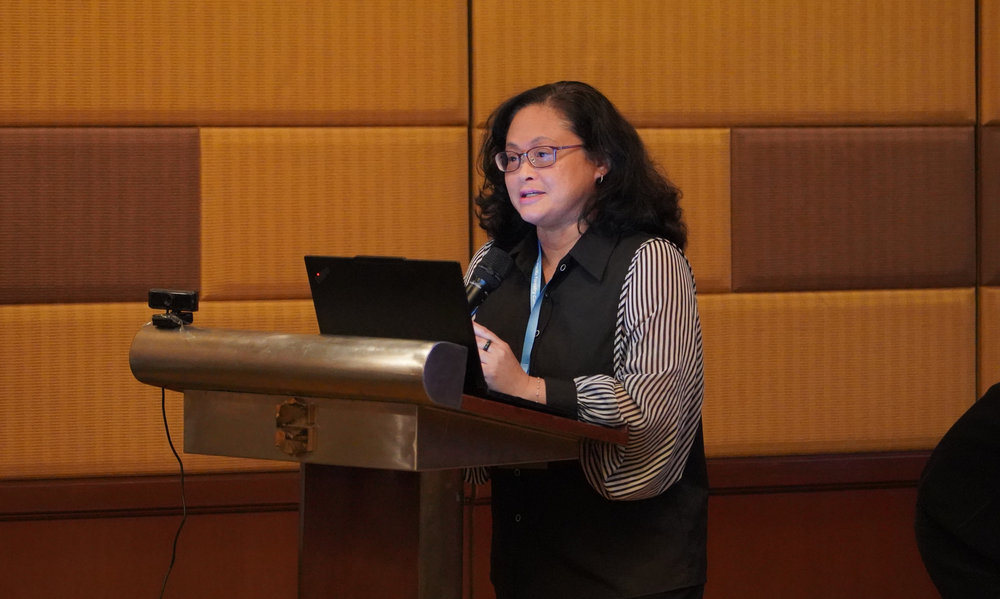
Ms Conje described how ITTO has long recognized the importance of conserving and sustainably using biodiversity in tropical production forests. In 1993, the organization published guidelines on the conservation of biodiversity in tropical production forests, which were revised in collaboration with IUCN in 2009 to explicitly connect conservation with sustainability. The two organizations are conducting ongoing work on updated guidelines to accommodate technical and policy changes in the forestry and biodiversity landscapes, with a new publication expected in the second half of 2026.
These guidelines inform ITTO programmes in the region, with ITTO Projects Manager Tetra Yanuariadi highlighting numerous initiatives around Legal and Sustainable Supply Chains (LSSC) during the event.
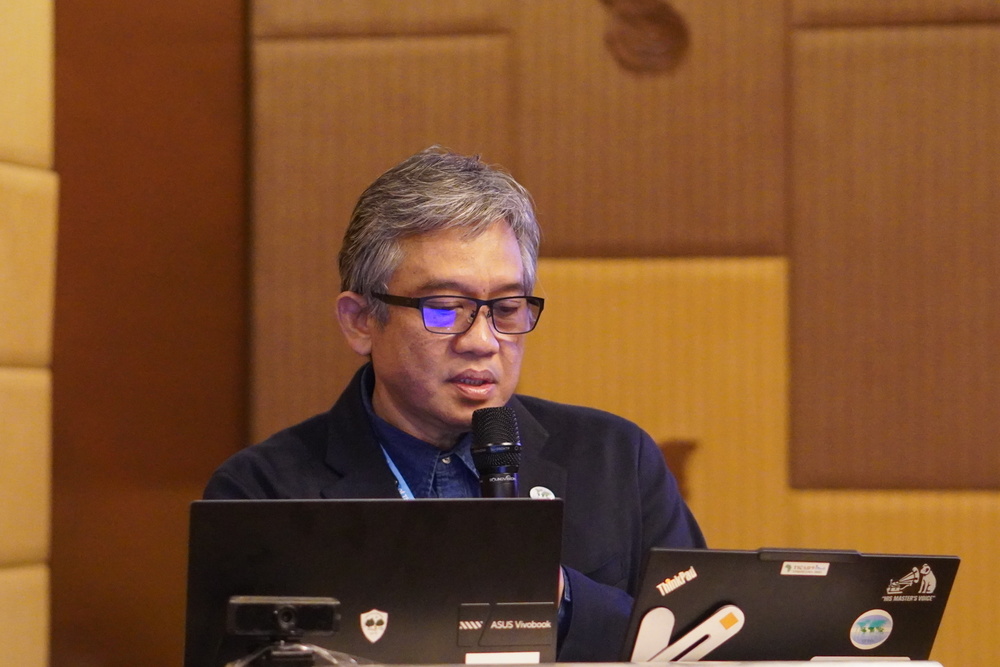
Promoting conservation and sustainable use of biodiversity through legal and sustainable supply chains
Projects implemented in India, Indonesia, Malaysia, Thailand, and Viet Nam have raised awareness and adoption of LSSC, strengthening the sustainable domestic use of wood and wood products. These activities were designed to advance SFM by increasing the consumption of domestically produced wood, enhancing the capacity of small and medium-sized enterprises (SMEs) to demonstrate legality, and promoting transparency and traceability in wood harvesting and processing.
ITTO’s Global Legal and Sustainable Forum (GLSTF) and Global Timber Index (GTI) have become important platforms to promote LSSCs. The GLSTF advances LSSCs through collaboration with industry and efforts to strengthen traceability, certification systems, and encourage compliance with legal frameworks. The monthly GTI publication tracks the timber sector in nine countries, enhancing transparency about the trade in wood and non-wood forest products.
Dr Yanuariadi outlined how enhancing forest governance is another key part of ITTO’s approach to promoting the sustainable use and conservation of biodiversity in the region. Recent ITTO projects in Indonesia and Thailand have promoted good governance by adopting best practices, building capacities, and providing access to innovative monitoring mechanisms.
Promoting domestic wood use for construction is a key aspect of ITTO’s engagement with policymakers and industry leaders, said Dr Yanuariadi. Sustainably sourced wood use for housing construction in urban areas can be a key contributor to reducing carbon footprint in the construction sector, while helping countries fulfill their National Determined Contributions.
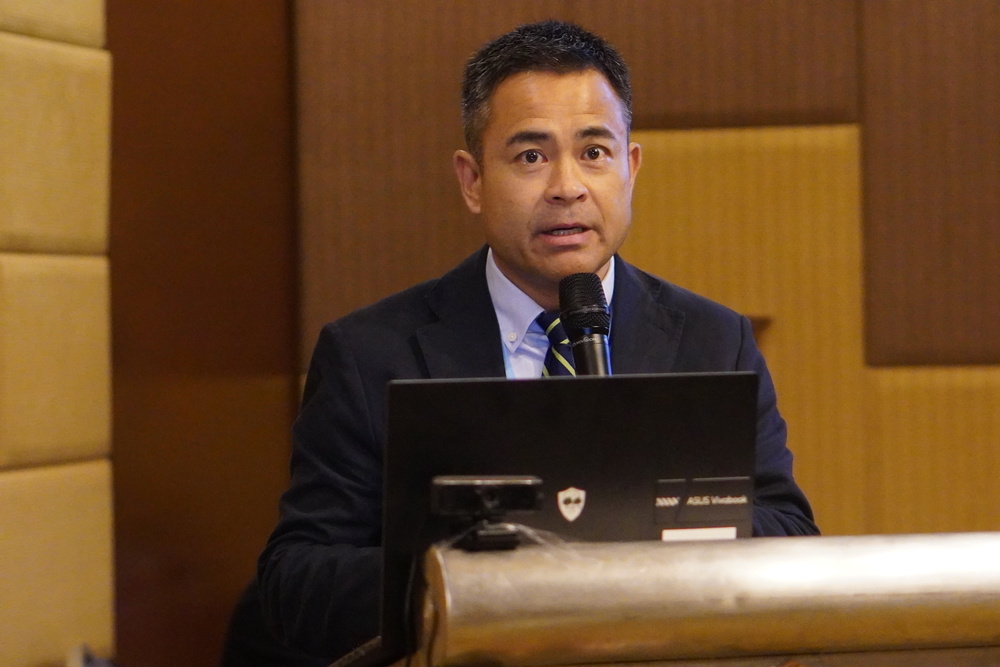
Forests and biodiversity in the Asia-Pacific region
Kenichi Shono, Forestry Officer at the UN Food and Agriculture Organization (FAO), provided an overview of forests and biodiversity in the Asia-Pacific region, based on data from the recently released Global Forest Resources Assessment 2025.
Mr Shono outlined that forests and biodiversity in the region are closely linked to human activities and provide vital ecosystem services that support livelihoods, resilience, food security, and cultural values. While Asia has increased its overall forest area in the last 35 years and strengthened restoration and protection efforts, challenges such as deforestation, low primary forest cover, and uneven policy recognition persist.
Though the region leads the world in conservation and protected areas, the majority of forested landscapes remain managed for production and multiple-use, making it even more important to promote SFM adoption to ensure conservation and sustainable use of biodiversity in the region.
Providing more context, Ms Conje said that, “SFM is a continual balancing act between timber production capacity and ensuring proper care for key environmental factors that ensure long-term sustainability of the ecosystem’s multiple functions and services.”
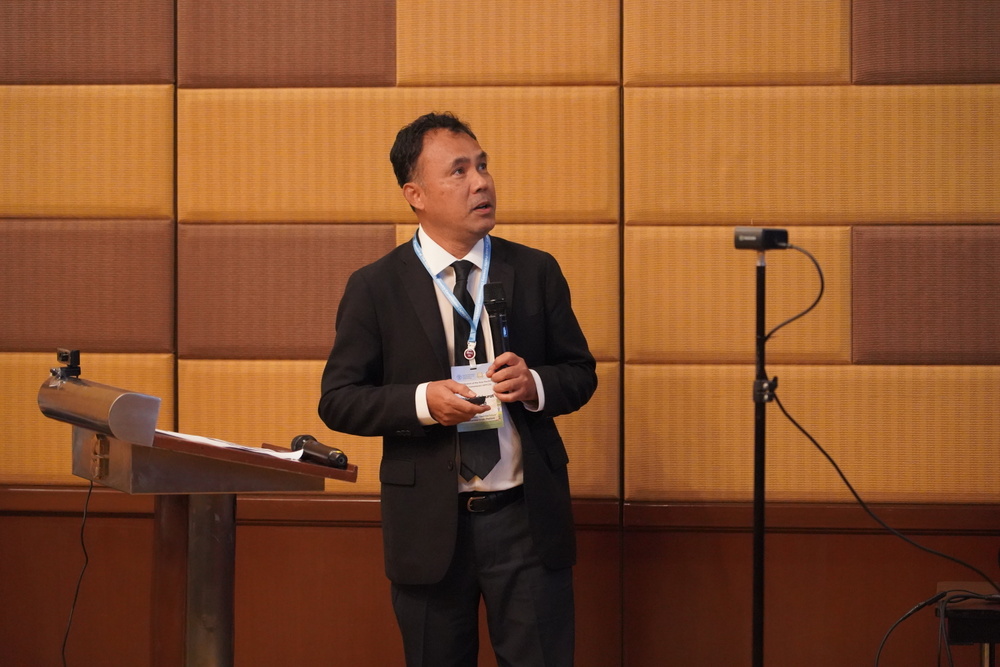
Sustainable forest management to support biodiversity and economic objectives
Yongyut Trisurat of Kasetsart University presented how sustainably managed forest production landscapes contribute to multilateral and domestic priorities.
Dr Yongyut explained that forests are vital for achieving global biodiversity objectives such as the Kunming-Montreal Global Biodiversity Framework (KMGBF) and Sustainable Development Goals (SDGs). He framed SFM as an essential nature-based solution that provides ecosystem benefits and combats climate change, biodiversity loss, and land degradation.
Discussing several case studies from the region, he explained how agroforestry, innovative technologies such as genomic adaptation, and spatial monitoring were examples of cost-effective SFM solutions which protect biodiversity, contribute to the livelihoods of local communities and indigenous peoples, and combat climate change.
Dr Yongyut shared how SFM can be integrated to advance domestic biodiversity and economic goals. He detailed how the creation of planted forests in Cambodia and Panama has built wildlife corridors and provided local job opportunities. Thailand’s response to the EU Deforestation Regulation was shown as an example of how SFM can provide a competitive advantage for timber product exporters.
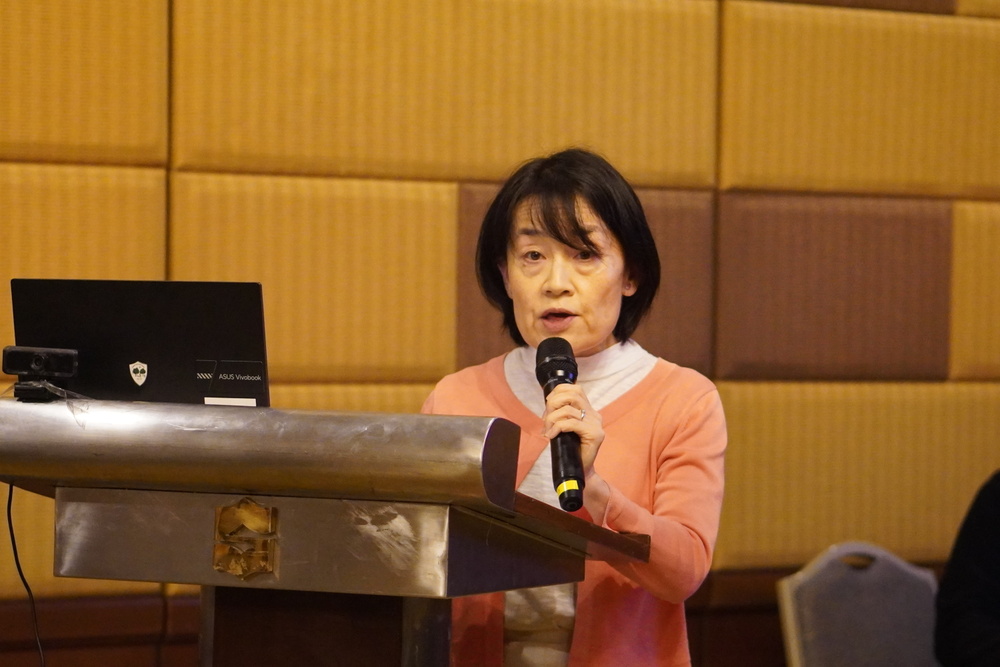
National models in the Asia-Pacific region
Two speakers from the region provided national overviews of approaches to forest management and the bioeconomy in Japan and Thailand.
Tabata Akiko, Deputy Director at Japan’s Forestry Agency, discussed Japan’s efforts to mainstream forest biodiversity in production landscapes, particularly planted forests.
Ms Tabata shared that Japan’s Forestry Agency developed guidelines for recommended approaches to forestry management, which enhance biodiversity.
The guidelines were created to raise awareness within the private sector and forest landholders of profitable opportunities which also contribute to the sustainability of ecosystem services such as habitat protection, land conservation, and recreation. The recommendations encompass best practices for forest arrangement within a specific land area, standard requirements for planted forests, voluntary measures tailored to local conditions, and forest monitoring frameworks.

Sapol Boonsermuk, a forestry expert who formerly served at Thailand's Royal Forest Department, discussed how Thailand is transitioning to a Bio-, Circular-, Green (BCG) economic model, which helps the Thai economy grow while improving livelihoods and overall well-being. The BCG model provides overlapping benefits, including value addition for traditional industries, alignment with the SDGs, and solutions to problems such as waste and pollution.
Innovation and technology adoption are key aspects of the model, with relevance for industries ranging from agriculture to energy. Mr Sapol pointed to successes in projects related to waste innovation, BCG tourism, and hemp agriculture as examples of how the BCG model is driving Thailand’s economy toward sustainable growth and long-term resilience.
Advancing sustainable forest management in the Asia-Pacific
The speakers agreed on the importance of effective and practical forest management, particularly in a region facing threats from climate change, biodiversity loss, deforestation, and land degradation.
ITTO will continue to advocate for sustainable tropical forest management as a critical component for decarbonization, landscape restoration, biodiversity conservation, the livelihoods of forest-dependent communities, and achieving the goals outlined in the Kunming-Montreal Global Biodiversity Framework (KMGBF) and the SDGs.
Watch a recording of the side event below: